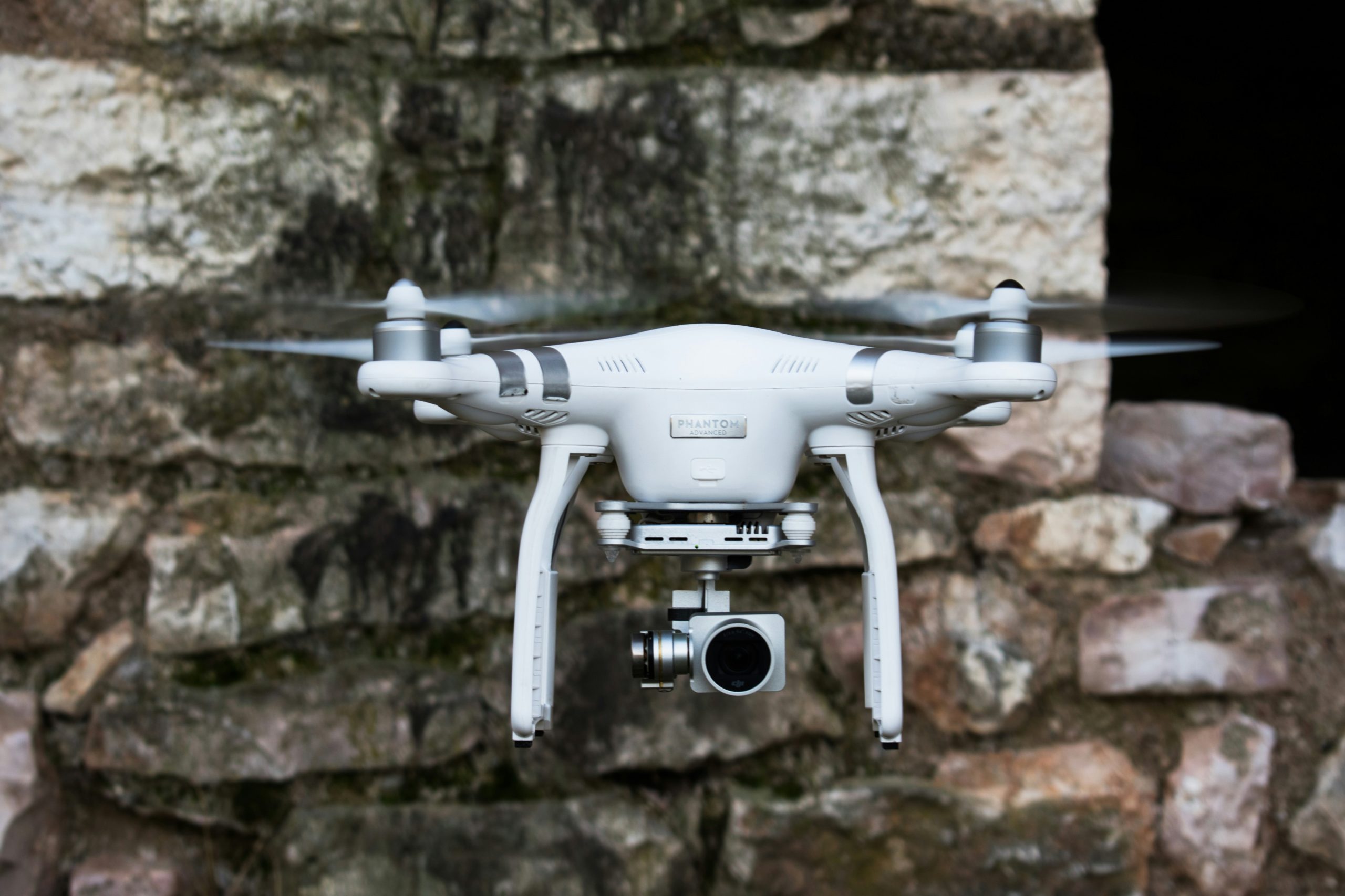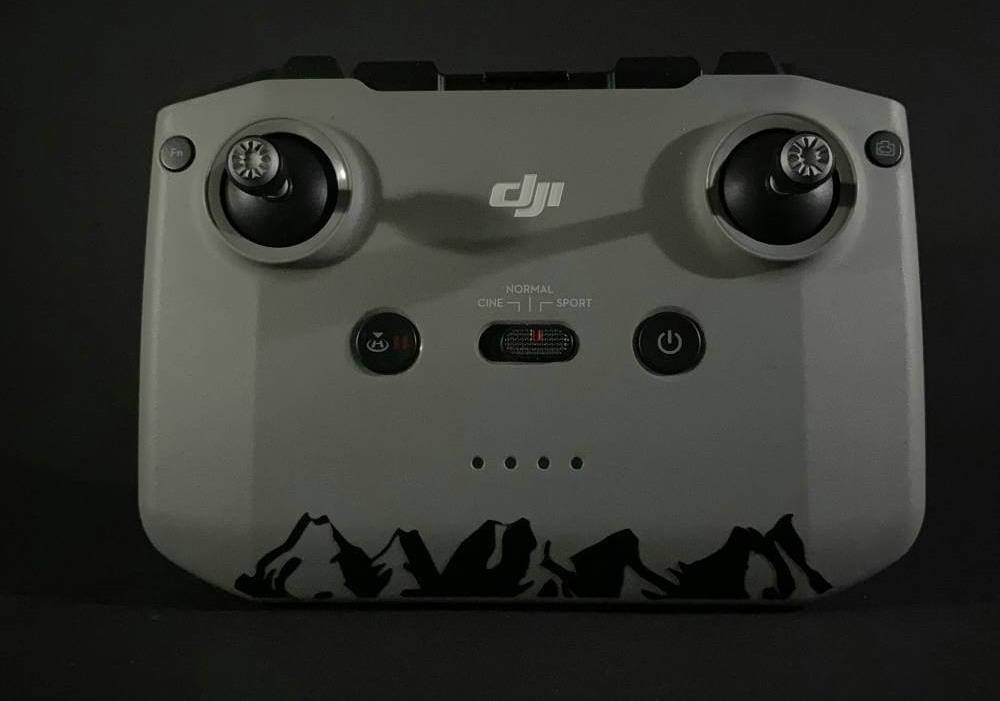Looking to build your own drone? You’re in the right place. While many types of people are drawn to the world of drones, this guide is crafted specifically for the tech enthusiasts among us (and yes, that’s a compliment).
If you consider yourself one of these hobbyists—let’s call it what it is, a nerd—then let me guide you on your DIY drone-building journey. Think of me as Gandalf and you as Frodo. The analogy is fitting, as this hobby may quickly become an obsession, much like a specific ring you’ll never want to let go of. Consider yourself warned. But I digress.
This guide is based on my comprehensive course on how to build your own drone.
It’s ideal for college students, aspiring drone entrepreneurs, or anyone with a DIY spirit who’s passionate about flying robots. Many students have used the course as a launch pad to develop their own drone applications, so I highly recommend checking it out if you’re looking to innovate in the world of drones.
By the end of this step-by-step guide, you’ll have learned:
All the essential components needed to fly a drone.
How do you source your own parts to build a custom drone? No. No pre-assembled kits are necessary.
How to assemble the parts you’ve selected.
As point 2 highlights, this guide equips you with the knowledge to choose your own parts rather than just soldering together electronics from a kit. As the saying goes, “It’s better to teach someone how to fish than to give them fish.”
You might already have a specific type of drone in mind—whether it’s a small FPV quadcopter or a larger octocopter designed to carry payloads. The drone hobby’s beauty is that a drone’s anatomy is essentially the same, no matter what kind you want to build.
With that in mind, this guide is written in a way that can apply to any type of drone you’re interested in creating.
Essential Tools Required for Manufacturing Drones
Screwdriver Set (Required) – A variety of small screwdrivers, including Phillips and flathead, to assemble drone components.
Soldering Iron and Solder (Required) – Essential for connecting wires and electronic components.
Double-sided sticky tape (Required): To secure wires and components in place. Double-sided tape is incredibly versatile for drone building. It can secure ESCs (Electronic Speed Controllers) to the arms, mount receivers, attach flashy LEDs, and more, all while providing excellent vibration dampening. Any double-sided tape from 3M will work well.
Helping Hands (Optional): A helping hand tool can be a lifesaver during soldering, acting as your “third hand.” Holding the soldering iron in one hand and solder in the other can make it tricky to manage wires or connectors. This tool holds them in place, making the job much easier.
Heat shrink (Required): Heat shrink tubing is another essential addition to your toolkit. After soldering, it’s placed over the joint to prevent shorts and provides insulation for exposed wires, ensuring a clean and safe finish.
Multi-meter (Optional): The primary role of a multimeter is to detect voltage across two points. A multimeter also helps test any discontinuities and shorts that may have accidentally occurred in the soldering process.
Zip Ties (Required): Zip ties are a great alternative when you prefer not to use tape or adhesives. They allow you to temporarily secure components in place without putting too much strain on them.
Wire Cutters and Strippers (Required): A quality wire cutter is essential for trimming wires to the exact length you need, while a wire stripper removes insulation from the tip of the wire, allowing you to solder it in place. Sturdy pliers are invaluable for securely gripping and holding components when your hands aren’t enough.
Essential Parts for Building a DIY Drone
Electronic Speed Controllers (ESC)
The Electronic Speed Controller (ESC) is a control board that regulates the speed of the drone’s motors and also functions as a dynamic brake. It assists the pilot in estimating the drone’s altitude by calculating the total power consumed by all motors. The reduction in power from the battery correlates with changes in altitude.
If you’re using a brushless motor, an ESC is essential. On the other hand, Brushed motors don’t require an ESC since they operate with a simple DC voltage input. Brushless motors need three out-of-phase voltages, but don’t worry—it’s less complicated than it sounds. The ESC takes a DC input voltage and automatically generates the necessary three-phase output to spin the motor.
Typically, your ESC will have three outputs. You’ll need to solder male bullet connectors to these outputs, which then attach to the female bullet connectors on your motors.
A GPS module is optional but highly useful for navigation and precise control, especially in autonomous flight modes. GPS modules are relatively inexpensive and typically use either the UART or I2C protocol. Most GPS modules designed for drones also include a magnetometer.
To ensure accurate readings, it’s essential to mount the GPS/magnetometer module away from the drone’s electronics, which produce magnetic fields. Placing the GPS too close to these components can result in incorrect readings and unpredictable flight behavior.
When building your drone, opt for a high-quality GPS module, such as one with the M8N u-blox chip. These modules offer superior performance compared to other online GPS options, often at a similar price.
Battery, Electronics, and Power Distribution Cables
The battery is the power source for everything on your drone, so choosing the right one is essential.
LiPo (Lithium Polymer) batteries are the most commonly used type for drones due to their high energy density relative to their size and weight. They also offer a higher voltage per cell, allowing them to power the drone’s systems with fewer cells than other rechargeable batteries.
The frame is the skeleton of your drone, holding all the components together, and it comes in various sizes and materials. There are two key factors to consider when choosing a frame.

First is the number of arms. Typically, each arm has one motor, which powers one propeller. Drones with multiple motors are referred to as “multi-rotors.”
The second factor is frame size. Frame size refers to the maximum distance between two motors, usually measured diagonally between two motors in millimeters for quadcopters.
Propellers are clove-like blades designed to create a pressure difference that lifts the drone. When in motion, they cut through the air, causing lower pressure on the top side and higher pressure on the bottom side, which results in the drone rising into the air.
Propellers are typically labeled with a four-digit number like 8045, 1045, or 6030. The first two digits represent the propeller’s diameter in inches. For example, an 8045 propeller has an 8-inch diameter. The last two digits indicate the pitch, also in inches, with an 8045 prop having a 4.5-inch pitch and a 6030 prop having a 3-inch pitch.
The pitch is a bit trickier to grasp than the diameter. Essentially, the higher the pitch, the more air the propeller pushes down. A propeller with a pitch of 0 inches would be like spinning a butter knife—it. It wouldn’t move much air

To understand pitch, think of it like a screw thread. If you turn a screw one full rotation into wood, it will move into the wood by a specific depth. Now, imagine that our 8045 prop has a 4.5-inch pitch, like a screw. One complete rotation of the screw would move it 4.5 inches into the wood. Similarly, a higher-pitch prop moves more air with each rotation.
High-pitch props are typically paired with low KV motors because they generate more torque and move more air per rotation. These motors can spin slower since high-pitch props push a lot of air. Conversely, low-pitch props are used with high KV motors, which spin faster to compensate for moving less air per rotation.
This version streamlines your explanation and enhances clarity while keeping the technical details intact. Let me know if you’d like any further adjustments!
The flight controller is the drone’s brain, managing stability, navigation, and communication between components. It is a central hub connecting essential parts like the ESCs, GPS, telemetry, RC input, etc.
Every flight controller has a gyroscope and accelerometer (IMU), which work together to automatically balance your drone, eliminating the need for constant manual adjustments.
Flight controllers operate using firmware, which is the software that controls the hardware. You can flash new firmware onto the board depending on the flight controller. Firmware can either be closed source, meaning it’s proprietary and not publicly accessible, or open source, allowing the public to view and modify the code.
Motors are essential for driving the propellers, generating the thrust needed to propel the drone. The number of motors must match the number of propellers.
Drone motors are mounted in a way that allows the flight controller to easily manage their rotation, improving the drone’s direction control. Choosing a suitable motor is crucial for the drone’s overall performance and efficiency. Key factors to consider include voltage and current, thrust and thrust-to-weight ratio, power, efficiency, and speed.
There are two main types of motors: brushed and brushless. Cheaper, ready-to-fly drones typically use brushed motors because they are more affordable. However, brushed motors wear out and break much faster than brushless motors. On the other hand, brushless motors are far more durable and are the preferred choice for DIY drone builds.
Power Distribution Board (PDB)
The Power Distribution Board (PDB) is the central hub where your main electrical components connect. The essential items you’ll solder to the PDB include your ESCs and the battery connector.
When you plug the battery into the PDB, it supplies power to all the components attached to it. This is where the ESCs draw their current from, ensuring that energy from the battery is evenly distributed to all the elements of your drone.
Drones often come equipped with cameras for capturing video footage. Depending on the operator’s preferences or budget, these cameras can vary in their capabilities, including video recording, storage, and transmission features.

Some users may opt to use their own cameras, while others prefer dedicated options like GoPro cameras for high-quality footage. Cameras are commonly used for aerial photography or FPV (First Person View) flying, enhancing the drone’s versatility.
The remote control (or transmitter) is a vital component of any drone setup, serving as the operator’s direct interface with the drone. Through it, the pilot can issue commands for movement, altitude adjustments, and more complex functions such as controlling the camera.
Choosing the proper remote control is essential for both safety and an enjoyable flying experience. For beginners, a primary controller with intuitive controls may suffice. However, for enthusiasts and professionals, advanced features like telemetry feedback, customizable settings, and extended range can significantly enhance the experience.
In essence, the remote control acts as the crucial link between you and your drone, allowing you to fly with precision and confidence—whether you’re capturing breathtaking aerial footage or navigating complex flight paths.

















